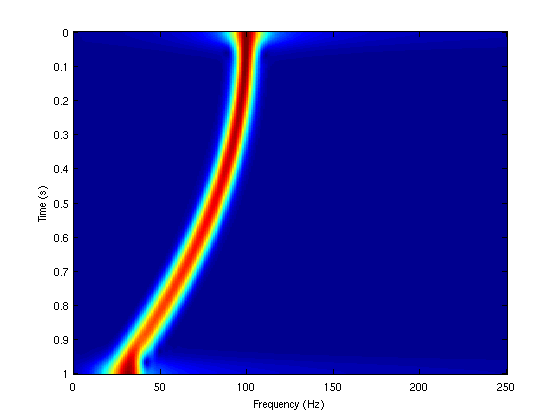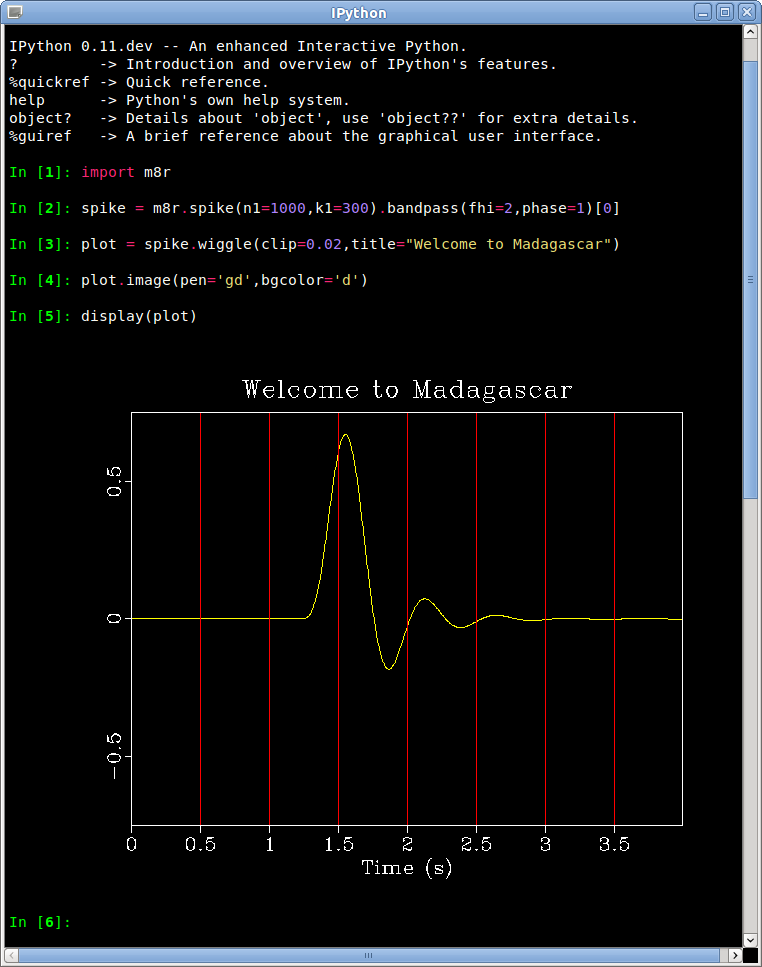Continuous Integration (CI) is a technique in software engineering, usually described as one of the common techniques in extreme programming (XP). CI implies maintaining a shared code repository, where developers contribute frequently (possibly several times per day), and an automated build system that includes testing scripts.


Using a CI tool, such as TeamCity, it is easy to implement CI for Madagascar, which includes both compilation tests and reproducibility tests. One of the computers at the University of Texas at Austin has been dedicated to such testing and has helped to detect several bugs and reproducibility problems. You can subscribe to testing reports using the RSS feed. To implement similar testing on your own computer, install TeamCity and configure it as follows:
1. Configure Version Control Settings to connect to the Madagascar Subversion repository.
2. Configure Build Step to use a command-line script such as the following:
./configure --prefix=/tmp/rsfroot
make install
source env.sh
export RSFFIGS=$RSFROOT/share/madagascar/figs
cd book
scons test
3. Go out for a cup of coffee and come back to check the results of testing. On a CI server, the run of the “compile & test” script is triggered every time somebody commits a new change to the repository.
4. Fix detected problems and commit your changes back to the repository to continue the integration loop.
Adopting the technique of Continuous Integration, in combination with reproducibility testing, provides a robust development environment with well-debugged code and continuously-maintained reproducible examples. It should encourage an active participation of the Madagascar development community.









 In a
In a